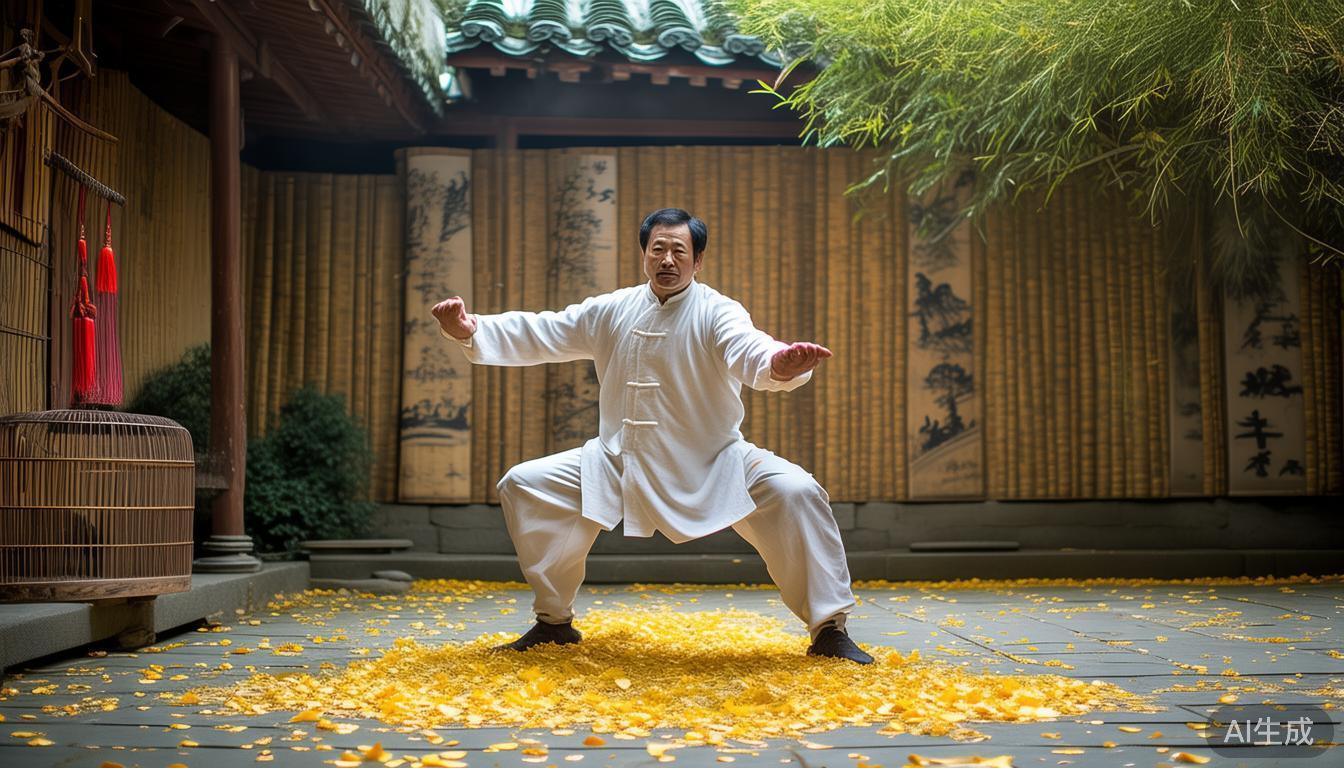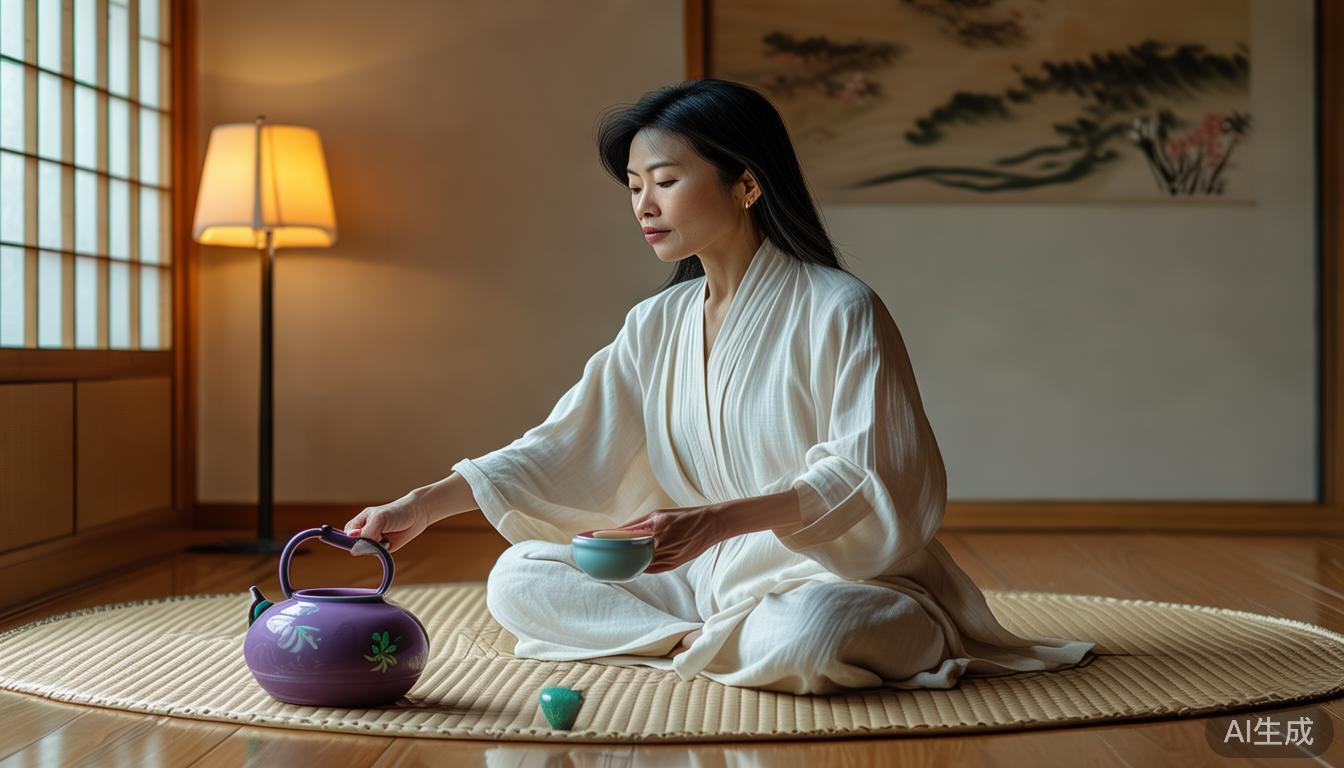Tai chi is a comprehensive martial art that seamlessly combines the yin and yang philosophy. Its slow – paced, relaxed forms are not just for combat but also excellent for building physical strength and mental tranquility. As an experienced coach,I'm excited to introduce some basic tai chi for beginners .
The Basics of Stance
Stand upright basic tai chi for beginners ,feet shoulder – width apart. Imagine a string pulling you gently from the top of your head up to the sky. This is cruel; it helps you find your center of gravity. Your knees should be slightly bent Tai Chi Online , as if you're sitting on an invisible chair. With this Stance, you'll feel stable, like a pine tree firmly rooted to the ground.
When moving your feet, do it slowly and steadily. Lift your heel first, then move the whole foot forward or backward. This smooth movement will make your whole body flow in harmony. Beginners often lift their entire foot at once, which can break the rhythm. Focus on slow, controlled footwork to gain better balance.
Opening and Closed Hands
Start by gently stretching your arms in front of you. Keep your palms facing down, as if you're holding a ball of air. Your arms should feel soft and flexible,not rigid. As you inhale Tai Chi And Diabetes Courses Online , slowly open your hands, widening the space between your fingers slightly. It's like blooming a flower in slow – motion.

When closing your hands, exhaust. Bring your palms together gently, as if you're slowly squeezing that ball of air. Make sure your shoulders stay relaxed throughout this process. Many beginners tend their shoulders, which disrupts the flow of energy. You want your arms to move like water, soft and continue.
Turning the Torso
Turning your torso is a key part of tai chi. Keep your feet planted firmly while starting to turn from your waist. When spinning to one side, your should follow at a gentle pace. Imagine your waist is the axis of a well – oiled wheel turning smoothly.
As you turn, use your eyes to lead the movement. Look towards the direction you're turning. Beginners often forget to coordinate their sight with body movement. If done correctly, it can help you maintain the flow and rhythm of the form, making the turning motion look more natural.
The Movement of Arms
Arms in tai chi are like the branches of a will tree, swinging gracefully. Lift your right arm slowly, like you're picking a fruit from a high – hanging branch. Keep your elbow slightly bent. As you lift, your left arm should lower at the same time, as if one arm is rising while the other is setting, just like the sun and moon in the sky.

When your right arm reaches the highest point, start to bring it down in a circular motion. Meanwhile, raise your left arm in a mirror – like action. This coordinated movement gives a balanced and harmonious look. Beginners usually make their arm movements too jerky. It takes time and practice to make the arms move with a smooth arc.
Breathe with the Flow
Breathing is an inseparable part of tai chi. Inhale when you open your body, like expanding a balloon. Let the fresh air fill every corner of your lungs. It gives you an energy boost, like filling a battery.
Exhale when you contract your body. Push the old air out slowly. It's like releasing stress and negative energy. An improper breathing pattern can throw off the whole form. Listen to your body, let the movement guide your breath, and your breath help in the movement.
Are you ready to give these basic tai chi forms a try? And if you start practicing, have you found it as relaxing as I've described? Remember to share your tai chi journey and feel free to like this article!





